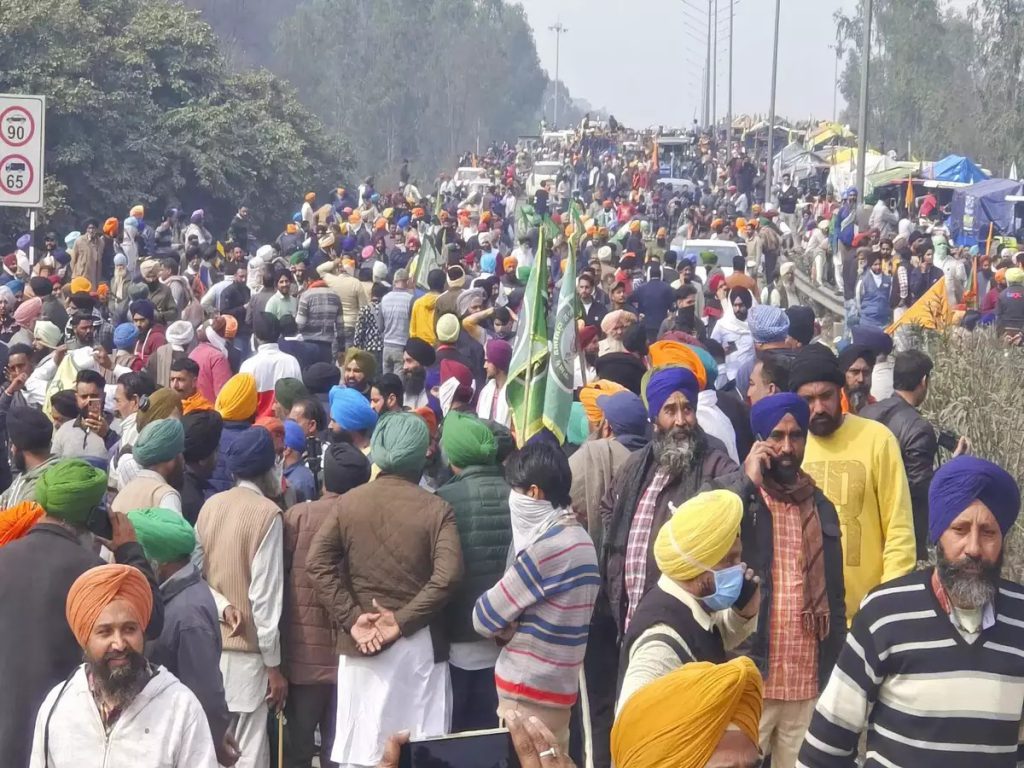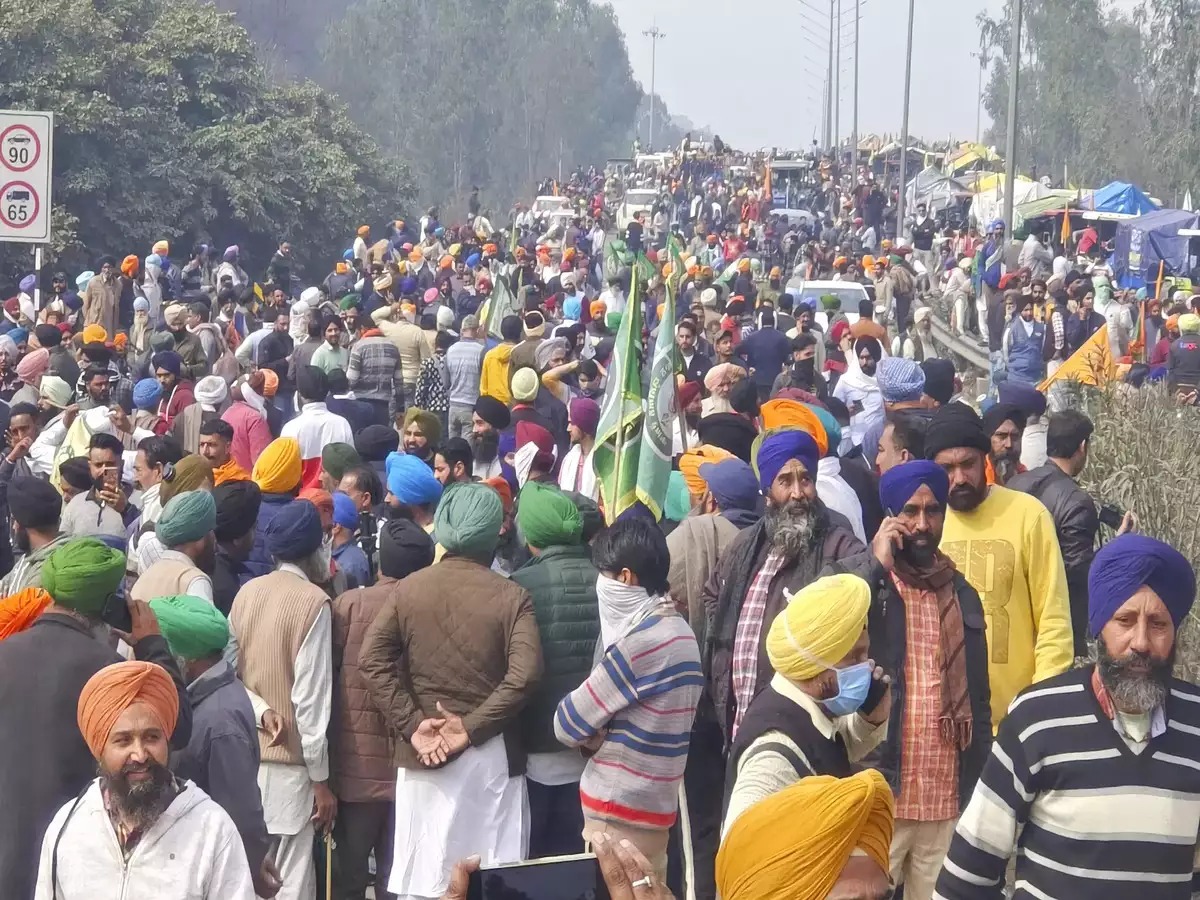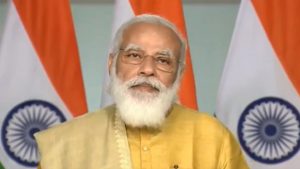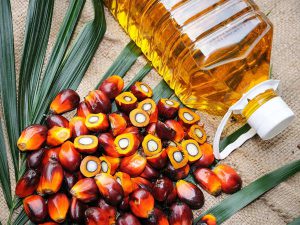An “out-of-the-box” solution has come up in the fourth round of talks between the Central government and the leaders of protesting farmers. For a week, farmers from Punjab have been gathering on the borders with Haryana to reach Delhi to press for their demands. The third round of talks on February 15, just like the two earlier rounds of discussions on February 12 and February 8, was inconclusive.
Farmers demand a legal guarantee on minimum support price (MSP) of crops as per Swaminathan panel formula along with complete farm loan waiver, a monthly pension of Rs 10,000 for all farmers above 60 years, and India’s exit from WTO and free-trade agreements.
Union minister Piyush Goyal, one of the three ministers negotiating with the farmers, has said that both sides deliberated on solutions that would benefit farmers, consumers, and the economy. Under this solution, the government has proposed to purchase entire quantities of masoor, urad, arhar, maize and cotton over the next five years at MSP all over the country.

The purchases would be made only from those farmers who diversify away from paddy and wheat. Government-backed cooperative societies NCCF (National Cooperative Consumers’ Federation of India) and NAFED (National Agricultural Cooperative Marketing Federation of India) will enter a five-year contract with farmers opting for crop diversification by growing pulses and maize, guaranteeing to purchase produce at MSP. Similarly, for cotton, the Cotton Corporation of India will enter into five-year contracts with farmers to purchase their produce. There will be no limit on the quantity procured.
While this broad proposal will take a final shape if the farmers, who are considering it, accept it, it appears it could be favourable for both the parties, the government and the farmers. The proposal to purchase especially the entire quantities of masoor, urad and arhar can not only be an effective way to break the vicious cycle of wheat-paddy cultivation while also ensuring price support to the farmers who diversify away from these crops, it will also take a big burden off the government which prices of these pulses have became a constant source of trouble.
India’s pulse problem
Pulses are a dinner staple in most parts of India. Despite being the world’s largest producer and consumer of pulses, India imports certain pulses to meet domestic shortages. In chana and moong, the country is self-sufficient but in other pulses like tur and masoor, it still imports to meet the shortages.
India’s annual pulse consumption is estimated at around 23 lakh tonnes of which 15-16 lakh tonnes is produced domestically and the rest is imported from other countries. In the last financial year, India imported 4.85 lakh tonnes of lentils from Canada alone. India imports pulses from Myanmar, Mozambique, Australia and Russia too.
Prices of tur (arhar), urad and masoor, the pulses included in the solution offered to farmers, see heavy price fluctuations, and these fluctuations have a ripple effect on the prices of all other pulses as well, which in turn feeds food inflation.
The country’s pulses problem can be seen in the popularity of the chana pulse the government has started selling. According to Consumer Affairs Secretary Rohit Kumar Singh, the government-procured chana dal sold under the ‘Bharat’ label has quickly gained popularity among consumers, capturing a quarter of the market share within four months of its launch.
Chana dal becomes the substitute for many consumers when other pulses get expensive. Wholesale prices of tur dal have increased 5% in January despite the arrival of new crops and continuing imports from Myanmar as reduced acreage and decreased production for a second consecutive year impact supply, industry representatives had told ET. India has been meeting its domestic requirement of tur dal with imports from Myanmar and Africa. However, supplies from Africa have been facing hurdles from the local government there and those from Myanmar are lower than excepted , industry insider said .
The solution offered to farmers by the government is part of its ongoing efforts to gain self-sufficiency in pulses. In early January, the government launched a new portal to enable Nafed and NCCF to purchase tur dal directly from registered farmers. The portal was launched by Union Home and Cooperation Minister Amit Shah. It aims to facilitate the registration, purchase, and direct payment to farmers producing tur dal. Shah said that by January 2028, India will no longer need to import any pulses .
How the proposal can benefit farmers
While the farmers demand a legal guarantee for MSP and the Swaminathan formula to calculate it, there are concerns that these will not only be unviable as the government can’t purchase all the crops on MSP or force the private sector to do so. In the longer term, these benefits will perpetuate the status quo in Punjab, the wheat-paddy cultivation which is leading to excessive use of water and reducing the soil fertility. Punjab has been unable to break out of the wheat-paddy cycle due to heavy subsidies that encourage cultivation of these crops. The state stares at a waterless future as the water table is going down rapidly due to heavy pumping out of water.
For close to two decades, Punjab has struggled with the issue of diversification away from wheat and paddy. Piecemeal measures such as contract farming have failed to scale up. Farmers are not willing to come out of the cycle of wheat and paddy because the government buys most of these crops from them at MSP because it needs the grains for its public distribution system. But now with buffer stocks overflowing, the government no longer needs to keep buying these two crops in large quantities at MSP, also since Madhya Pradesh too has grown its wheat production.
The proposed solution offers farmers not only a guaranteed purchase of the five crops at MSP, but it also has no cap on procurement which means the entire crop will be procured. This means ample safety for farmers who are not willing to diversify without price support. If this solution is accepted, in future more crops could be included.
On the face of it, it’s a win-win situation for both farmers and the government while consumers, the other less-talked about stakeholders, also stand to benefit. Further negotiations between farmers and the government can give a final shape to the proposal which is now in a rudimentary form.
Visit us – https://shorturl.at/dhwHP for more details .




